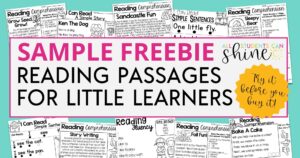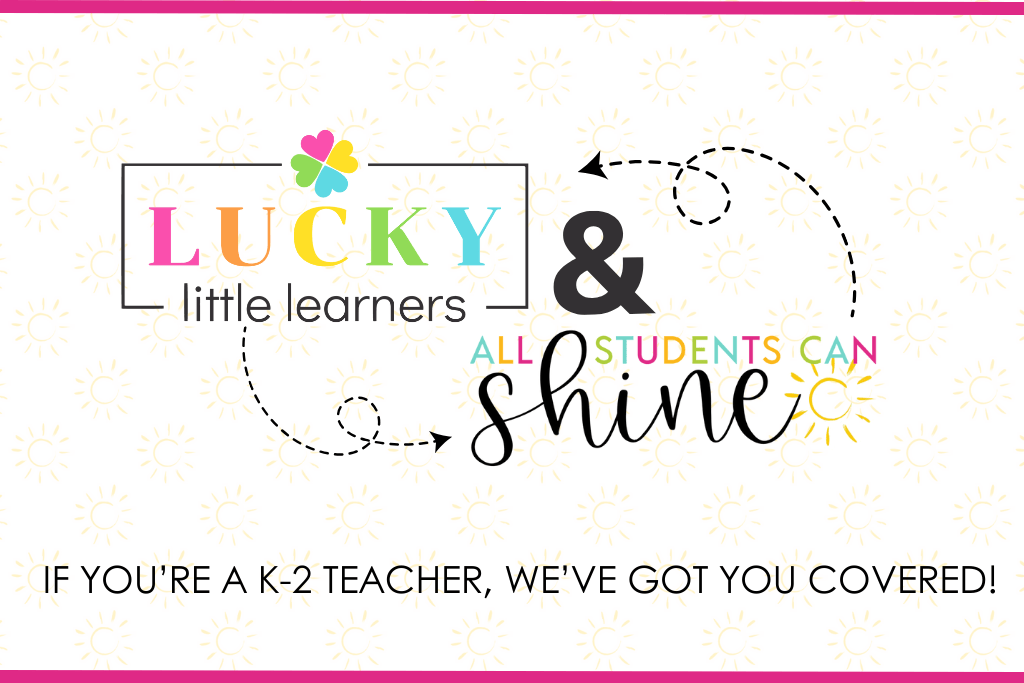Are you still resisting the idea of using hands-on centers in your classroom? I get it! I was pretty nervous to implement centers. I had so many questions: how would I manage my students’ behaviors? Won’t it take a ton of prep? I don’t have time!
As with many new things, it turns out that my worries were unfounded. Now I can’t imagine running my classroom without hands-on centers! My students love them, I love them, and they work seamlessly in our curriculum. What’s more to love?
Today, I’m going to share five of the most common myths and misconceptions about hands-on centers. Keep reading for the real scoop!
Myth #1: Centers Take Too Long to Prep
I probably hear this one the most often. A lot of teachers worry that it will take forever to set up center activities each and every week. Not true!
Is there some initial “extra” work in the beginning? Sure…but that prep work up front will pay off all year long, saving you time in the end.
The key to saving time is to choose center activities and games that are easy to swap each week. If you have class iPads, then one of your centers could be a digital math game focused on the current week’s concepts. Another center could be a matching game, just requiring you to swap out a set of cards. By keeping the centers relatively the same each week, you can easily and quickly swap activities, task cards, or game sets to match the skill you want them to work on.

Myth #2: I Don’t Have Enough Manipulatives
A lot of teachers worry that they won’t have enough manipulatives or other supplies to run their centers well. I totally get this fear! After all, your Google search history probably shows you all sorts of neat products you can buy for center time… if only you had an unlimited budget! Sigh.
Don’t let this hold you back! Contrary to what the ads may tell you, you don’t need multiple sets of fancy manipulatives. Here are some ideas for stocking up on cheap or free manipulatives:
- Use deck of playing cards
- Collect a stash of pennies
- Ask parents to donate old legos, or search at the local thrift store
- Keep baggies full of everyday classroom items like paper clips, rubber bands, pencil erasers, craft sticks, pipe cleaners, etc.
- Use items from nature like acorns, rocks, pinecones, or small twigs
Have a classroom iPad or access to other devices? Digital manipulatives are super fun to use, and bonus: no storage space required!

Myth #3: My Classroom Will Get Too Noisy!
It’s true: if left to their own devices, kids can get really loud, especially during center time. But you won’t just set them loose with no rules and expectations, will you? I didn’t think so!
As with any routine or procedure in your classroom, you’ll need to spend some time teaching students what’s expected of them. It will likely take a few tries before they get the hang of it, just like it did when you taught them to line up quietly at the beginning of the year. Center time is no different!
I like to teach my kiddos whisper voices. We practice by placing our hands on our throats so we can feel the difference between speaking and whispering. When we speak, we feel our vocal cords vibrate. When we whisper, nothing! It’s simple, but the kids really get the idea quickly this way.
To reinforce the expectation of using whisper voices during center time, I make sure to shower them with praise (especially the first several times)! You can use class dojo, reward charts or other systems, or simply give high fives or pats on the back as you walk by.
Myth #4: Our Curriculum Is Jam-Packed: I Don’t Have Time for Centers!
I just don’t have time to fit in anything else!
Oh, I know this feeling all too well. The thing is, center time doesn’t replace your curriculum. It just another tool you can use as a part of your curriculum.
Choosing appropriate centers is just like choosing appropriate games on your student devices. You wouldn’t tell kids to sit with the iPad to play Candy Crush just to keep them busy. Sure, they would love that, but it does nothing to teach your curriculum.
Instead, you carefully choose iPad games that are productive, reinforce particular skills, and provide meaningful practice. The same is true for centers!
Example: Rather than asking students to complete weekly writing prompts at their desk, I have them perform the task at our writing center. Students choose from a few different prompts that I’ve printed on task cards, and they complete their writing during center time. And in terms of prep on my end, all I do is switch out the task card sets each month. You can find the full year’s worth of writing prompts that I use with centers in my TpT store.
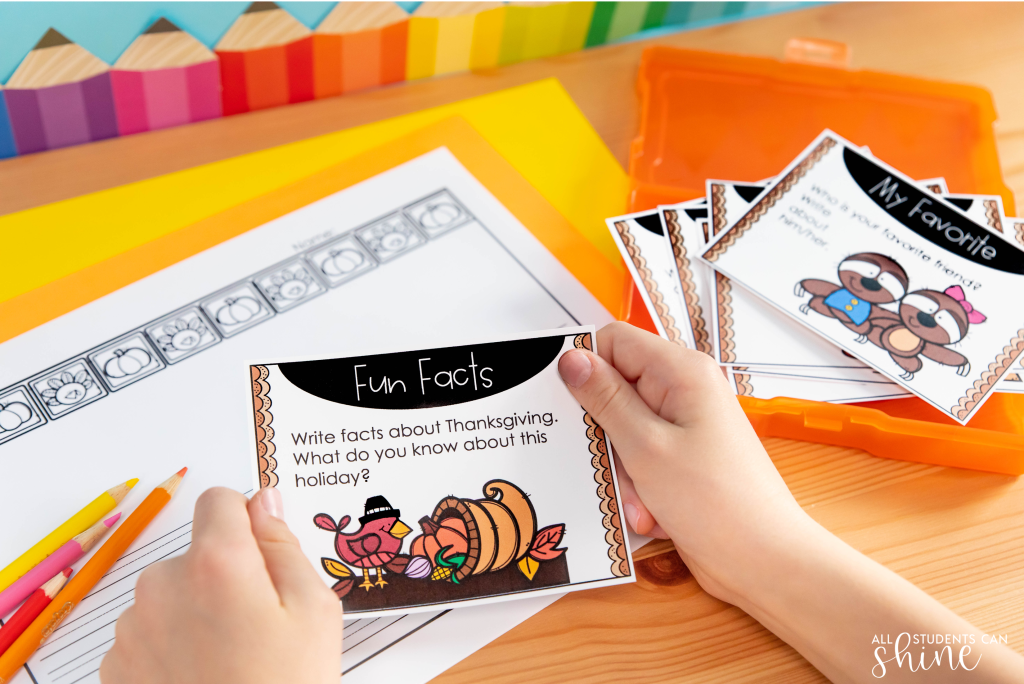
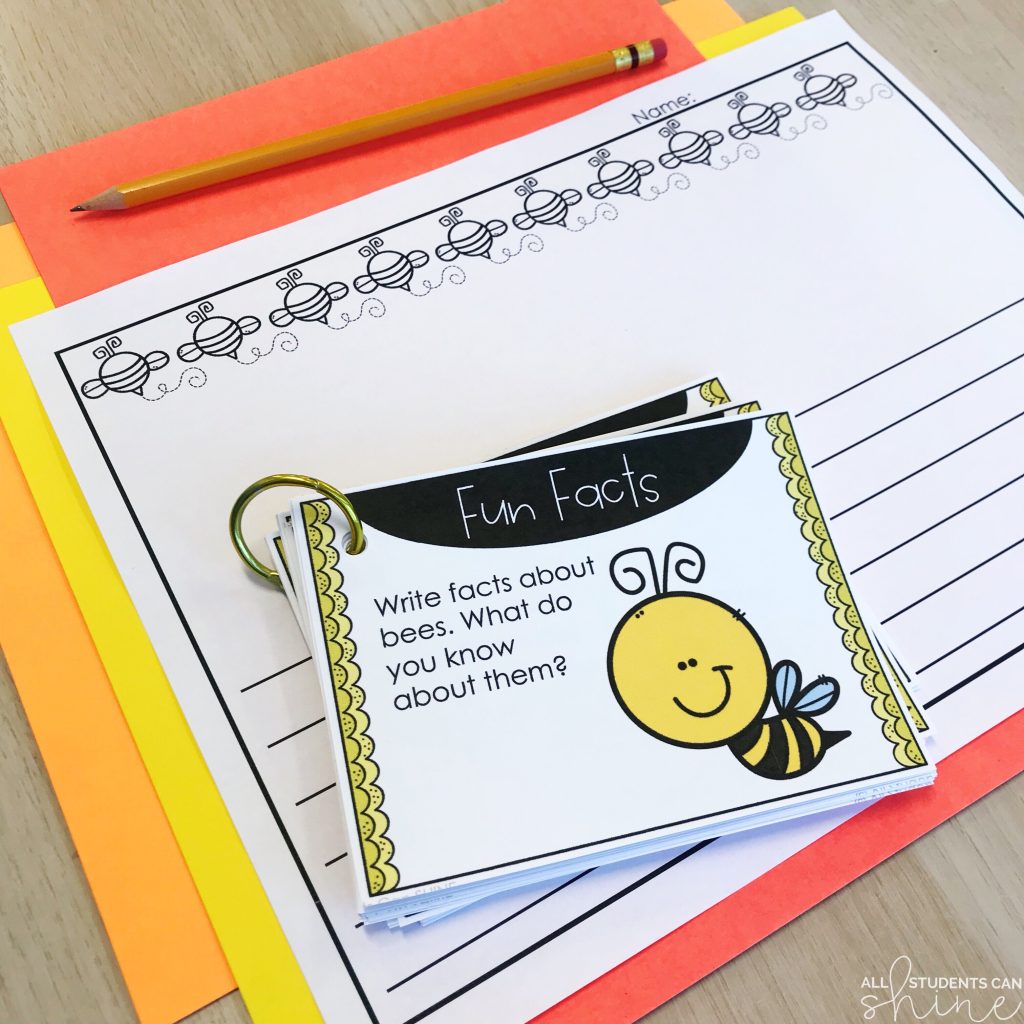
Myth #5: I Don’t Have Enough Storage Space
According to Pinterest, you have to have color-coordinated plastic tubs, rolling carts, bins, photo boxes, etc., just to store all of your center supplies. Sure, these storage ideas are super cute, but they are totally unnecessary!
Do you need some sort of an organizational system? Yes, of course! Otherwise, you’ll spend way too much time hunting for the next game, set of task cards, or other supplies. Try a few different systems to see what works for the space you have available.

A couple of ideas for space-saving center storage:
- Store games and other card sets in plastic folders. You can keep the folders in a filing box or cabinet, or even in a drawer or tucked away in a cabinet.
- Use ziplock baggies to store supplies. You can fit several baggies into a small storage space like a shoebox, milk crate, or filing cabinet.
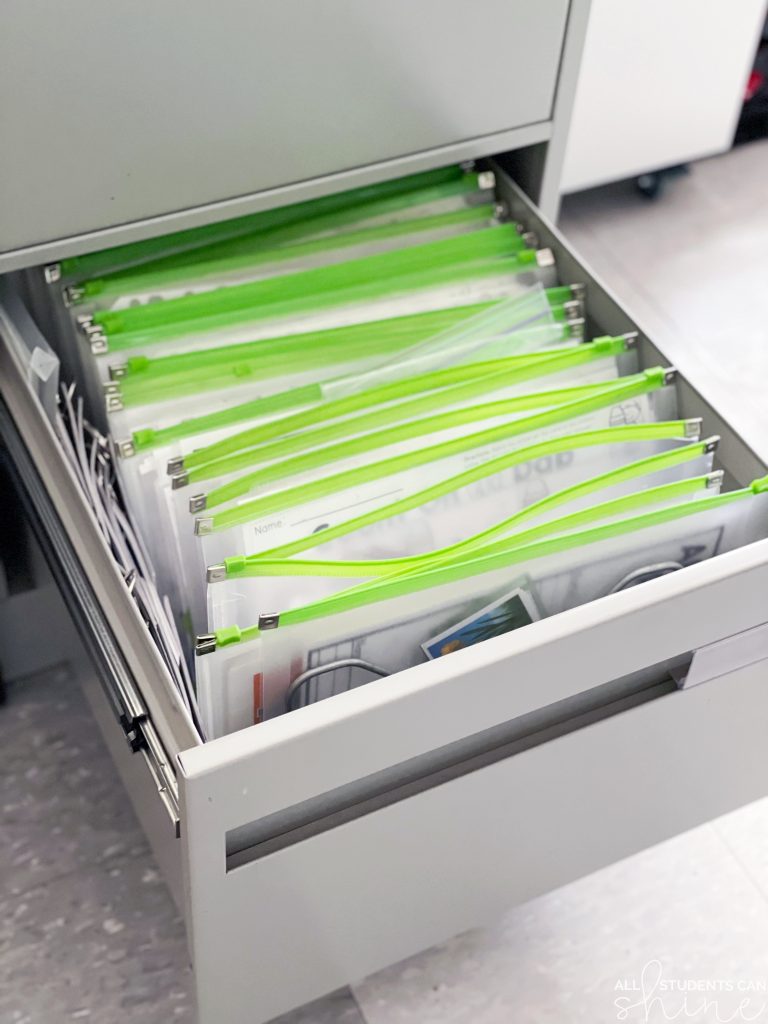
Ready to Try Hands-On Centers in Your Classroom?
I hope this post has given you the confidence boost you need to try learning centers in your classroom. If you already use centers but they’re not running quite as efficiently as you’d like, I hope some of this sparked some ideas for you as well!

What questions do you have about centers? Come visit me on Instagram or Facebook to join the conversation!

